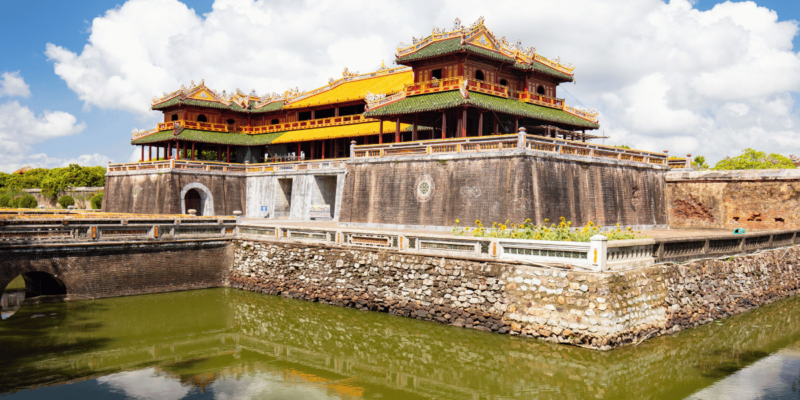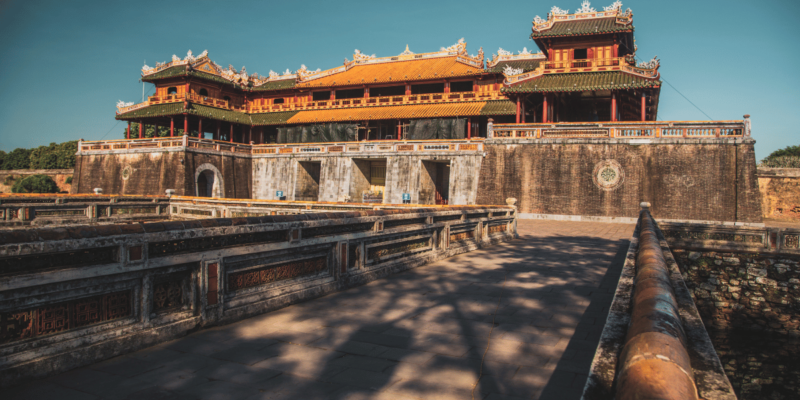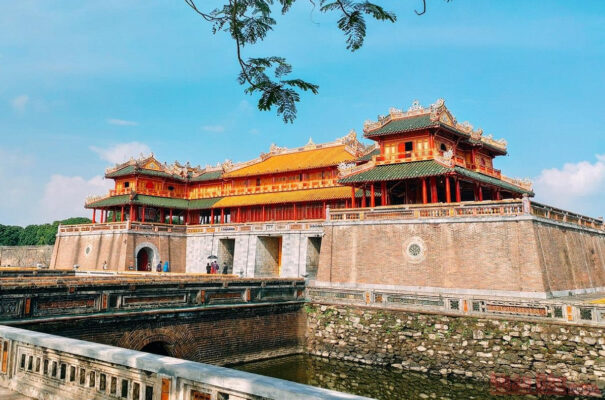The Ethereal Garden Houses of Hue
Architectural and Cultural Heritage In Hue, garden houses are not merely residences; they embody a deep connection to the past, reflecting the cultural and architectural sophistication that was nurtured within the former Imperial capital of Vietnam. These houses, often several centuries old, are nestled within exquisitely maintained gardens, each forming a private enclave where architecture and nature intertwine in tranquil harmony. Historically, many of these estates have ties to the old Royal Imperial Court, being former homes of mandarins or having received patronage from the monarchy itself.
Examples of Garden Houses in Hue:
- An Hien Garden House: Known for its lush gardens and historically rich architecture, An Hien stands as a testament to the traditional Vietnamese philosophy of living in harmony with nature.
- Ngoc Son Garden House: Offering a serene escape, Ngoc Son is a prime example of the integration of natural landscapes with human habitation, adhering to geomantic principles.
- Lac Tinh Garden House: Famous for its artistic landscaping and traditional structures that echo the royal past.
- Y Thao Garden House: This house serves as a cultural hub, often hosting traditional Vietnamese tea ceremonies and cultural exhibitions.
- Tinh Gia Vien Garden House: A showcase of formal royal gardening, reflecting the sophistication and aesthetic sensibilities of Vietnam’s former aristocracy.
Cultural Significance and Preservation Challenges These garden houses are living museums, epitomizing the ancient Feng Shui principles that dictate their design. The orientation, architecture, and garden layouts are deliberate, ensuring a flow of positive energy and a balance with the natural elements. The conservation of these houses offers a window into the soul of Vietnam’s royal and cultural history, presenting invaluable insights into the art of classical Vietnamese garden and house design.
However, the survival of these heritage houses is under constant threat. Urbanization pressures, economic challenges, and the fading of traditional values pose significant risks. The younger generations, often living abroad, find themselves distanced from the ancestral ties that bind them to these homes. This detachment raises concerns about the future preservation of these cultural icons.
The Role of Current Owners and Community Involvement The current custodians of these properties bear a heavy responsibility. Many open their homes to the public, not for profit, but to educate and inspire both locals and tourists about the importance of preserving such heritage. They provide guided tours, sharing personal stories and historical insights that enrich the visitor experience.
Community efforts and the support of visitors through donations are crucial in maintaining these properties. Each contribution aids in the upkeep of the gardens and structures, ensuring that they continue to stand as symbols of Vietnam’s rich cultural past.
Conclusion Hue’s garden houses are more than just beautiful spaces; they are bastions of cultural heritage and architectural wisdom. They tell the stories of a bygone era and remind us of the delicate relationship between our environments and us. For those visiting Hue, a journey into these garden homes offers a profound glimpse into the soul of Vietnamese tradition, and a reminder of the importance of preserving such unique cultural landscapes in the face of modernity.




